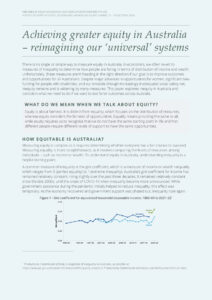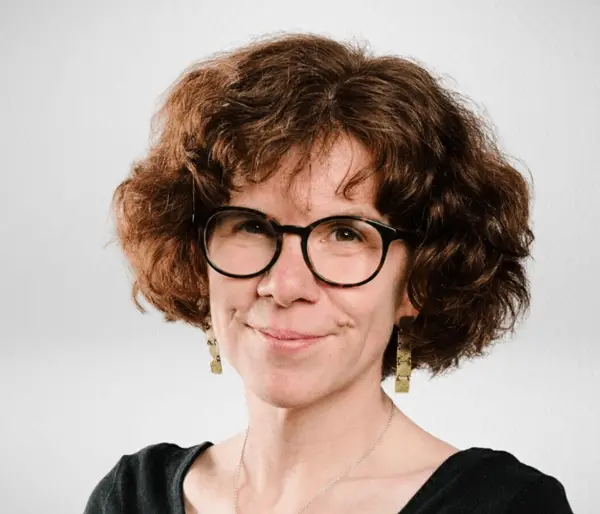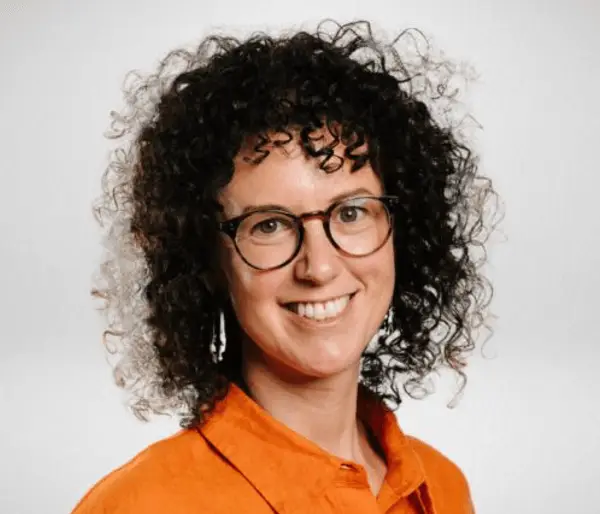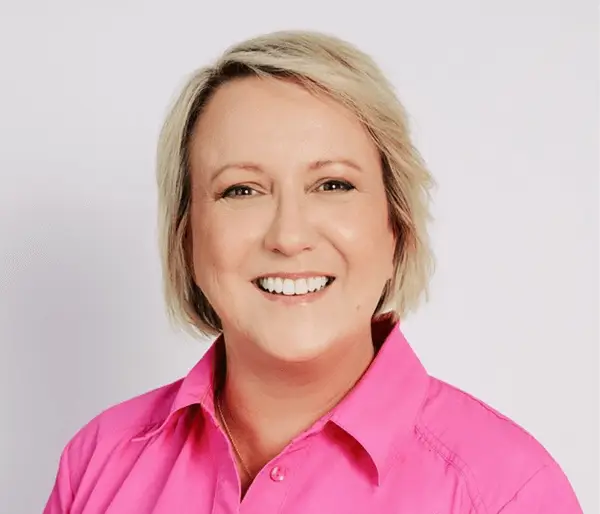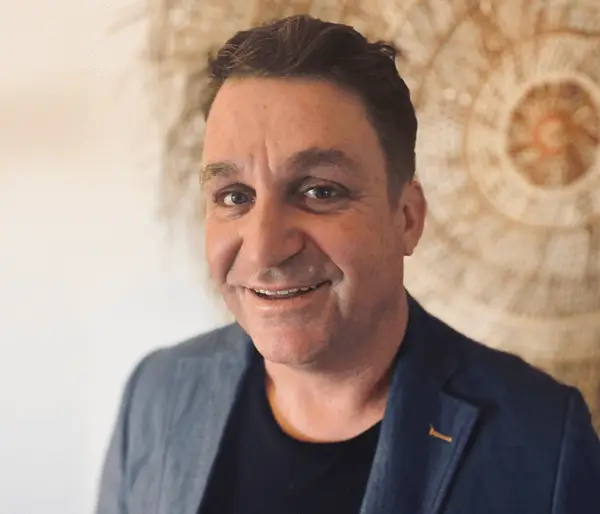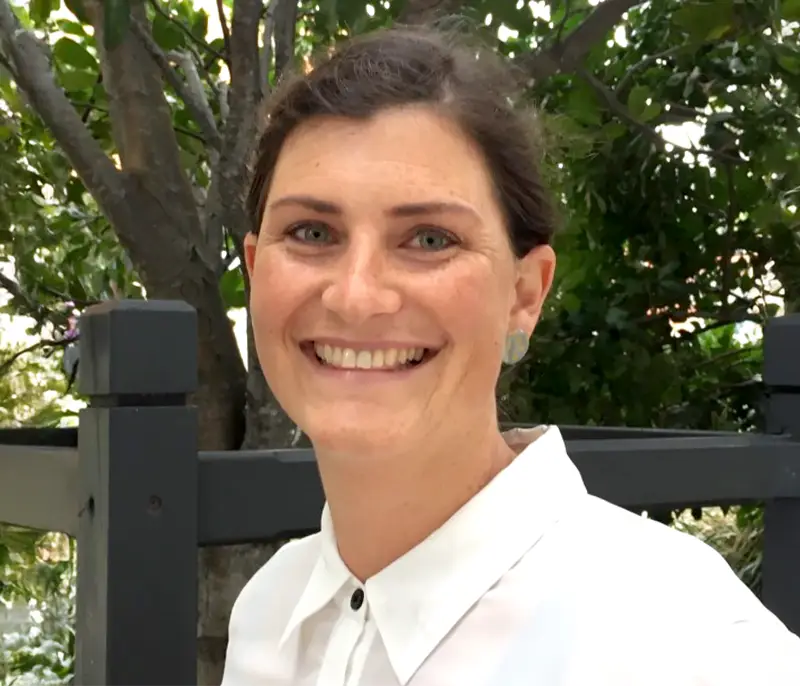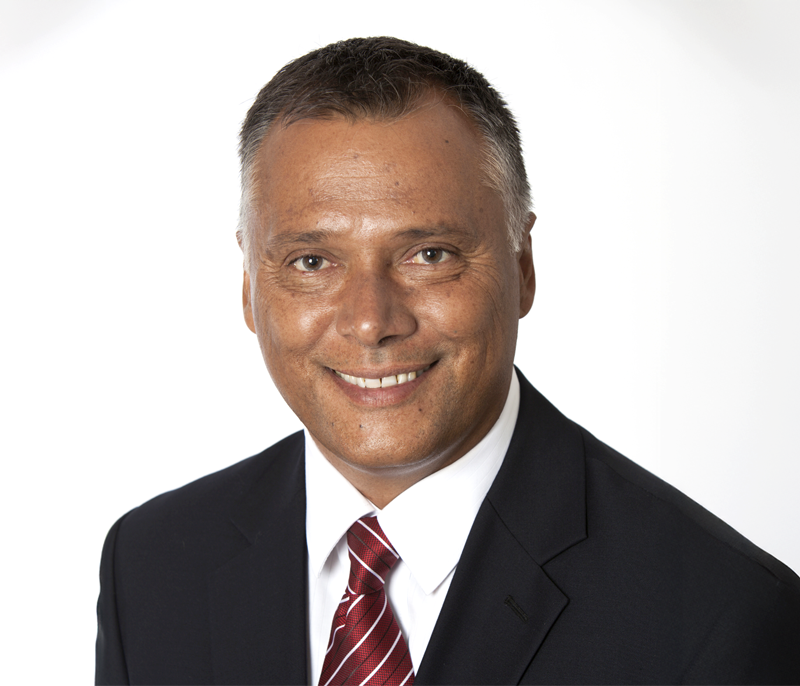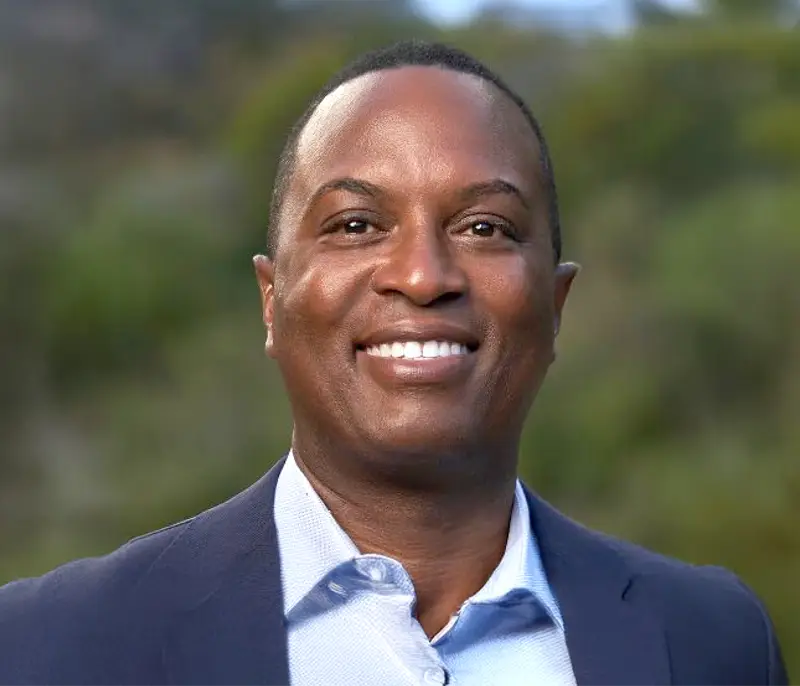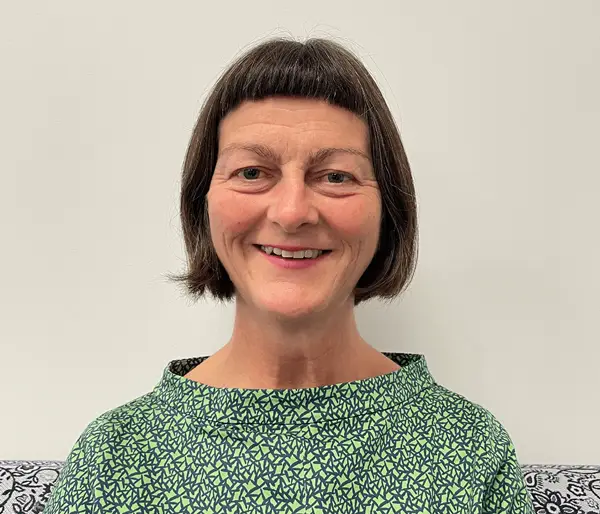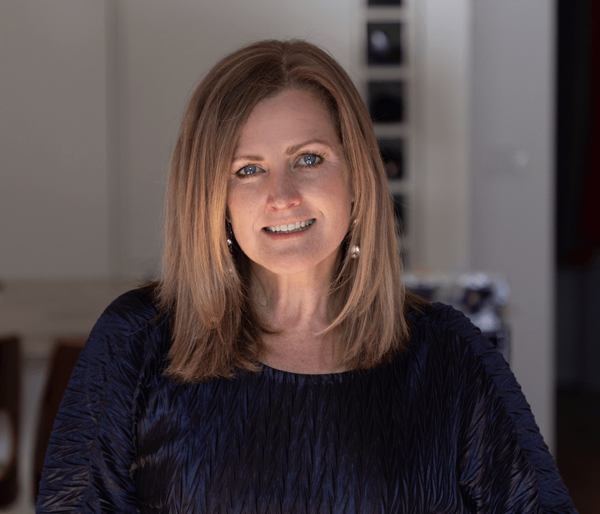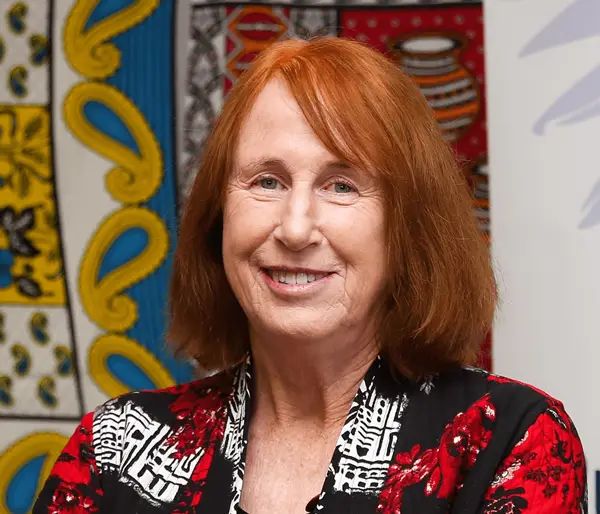Resource Library
This report, published by New Local in July 2022, advocates for a shift in the NHS towards a more community-centered approach, focusing on improving health outcomes by leveraging local resources, social connections, and preventive care. The report emphasizes that the current NHS model is highly centralized, which limits its ability to address the underlying social determinants of health, such as housing, income, and education.
- Michael McAfee & Abbie Langston
This supplement details how we must move forward into this transformative work of our time by getting our souls right and serving as founders of a new nation that can hold, Honor, and nourish all
- Equity Economics
There is no single or simple way to measure equity in Australia. In economics, we often revert to measures of inequality to determine how people are faring in terms of distribution of income and wealth. Unfortunately, these measures aren’t heading in the right direction if our goal is to improve outcomes and opportunities for all Australians. Despite major advances in opportunities for women, significant new funding for people with disabilities, and our enviable (though increasingly inadequate) social safety net, inequity remains and is widening by many measures. This paper explores inequity in Australia and considers what we need to do if we want to see fairer outcomes across Australia.
Improving health equity in Australia through action on the social determinants of health
Place-based care remains a vital cornerstone of our connection to residents where they live, work, play and age. Yishun Health has Regional Teams comprising Community Nurses and Connectors who live the local life, meeting residents at community spaces where they regularly “bump” into each other. These include our three Wellness Kampung, numerous Community Health Posts and other community nodes. We continue to work with residents to build an ecosystem of attractive and relevant opportunities to support self-management and mutual help, while reducing risks and barriers for them to produce health and participate actively at these sites.
- Anna Powell, Megan Courtney, Liz Weaver, Danya Pastuszek, Emily Sun, Jo Blundell and Ritika Kurup
We explore what equity means in place-based change and systems transformation. We consider it as one of the most important principles of place-based practice and whilst we practice it differently in the communities we work with as the examples will show, we all see it as both a foundational value and core methodology that needs to be widely adopted by practitioners
In Citizens: Why the Key to Fixing Everything is All of Us, Jon Alexander presents a compelling vision for societal change by shifting from the Consumer Story to the empowering Citizen Story. Drawing on insights from the New Citizenship Project, he argues that recognizing individuals as engaged citizens can tackle pressing challenges like economic insecurity and climate crises. With practical examples and a foreword by Brian Eno, Citizens serves as both an inspiring guide and a call to action. Alexander emphasizes the importance of participation and collaboration in reshaping our institutions, encouraging readers to embrace their roles as active contributors to their communities. This engaging narrative offers a hopeful roadmap for fostering a more inclusive and participatory world.
Moving from a model of medicine in which ill health is seen as having a single causative agent that will respond to the treatment with a magic bullet of medication or surgery. Seeing disease as having multiple circumstances that come together which result in ill health. Taking a multifocal approach which recognises the fundamental importance of social relationships, can take medicine back into community, both inside and outside of the clinical setting
89% of health occurs outside of the clinical space through our genetics, behavior, environment and social circumstances. These factors are known as the social determinants of health. Despite their importance, attempts to integrate the determinants into a single visualization have been limited.
- Jesuit Social Services
Dropping off the Edge now measures up to 37 indicators across every community in each state and territory. The report builds an unparallelled picture of where disadvantage is concentrated, how various forms of disadvantage overlap and how this multilayered disadvantage becomes difficult to escape, with some communities experiencing persistent disadvantage over many years
- John Mendoza and Marion Wand
This Equity ColLab Webinar was hosted on 16 March 2025. Despite a decade of Australian health policies emphasising patient-centred care, care coordination, and integrated care with a focus on hospital avoidance, data suggests these policy objectives remain largely unrealised. While successful healthcare integration exists, it tends to be localised, limited in scope, or temporary, with sustained national-level change remaining elusive.
In this one-hour webinar, John Mendoza and Marion Wand explore how to bridge this implementation gap through the lens of two transformative local initiatives that achieved remarkable success in relatively short timeframes:
- The Goonda Family-Centred Employment Program
- The Alternative Pathways to Care intervention
- Alice Windle, Sara Javanparast, Toby Freeman & Fran Baum
To optimise regional planning for health equity, primary health care organisations need autonomy and scope to act on the ‘upstream’ factors that contribute to local health issues. They also need sufficient time and resources for robust, systematic planning processes that incorporate mechanisms such as procedure guides and tools/templates, to capitalise on their local evidence to address health inequities. Organisations should engage meaningfully with local communities and service providers, to ensure approaches are equity sensitive and appropriately targeted.
- Griffith Centre for Systems Innovation
Placed based systems change – This piece shares exploratory work into everyday patterns, and the role and power of re-patterning in systems change. There are seven patterns identified that go some way to making visible active re_x0002_patterning for equity and powersharing. This report examines sixth one: Connecting to place and being in place.
The final report, ‘Fair Society, Healthy Lives’, was published in February 2010, and concluded that reducing health inequalities would require action on six policy objectives: 1) Give every child the best start in life 2) Enable all children, young people and adults to maximise their capabilities and have control over their lives 3) Create fair employment and good work for all 4) Ensure healthy standard of living for all 5) Create and develop healthy and sustainable places and communities 6) Strengthen the role and impact of ill health prevention.
- Dina Von Heimburg 1, Isaac Prilleltensky 2, Ottar Ness 3, Borgunn Ytterhus 1
We aim to consolidate recent trends in public health into a reconceptualization of the field as public good. We build on several strands of theory, research and action to formulate a more impactful future for the field. Our argument comprises three main parts. In the first part, we describe the central components of the proposed public good: conditions of justice, experiences of mattering, and outcomes of subjective and objective wellbeing. In the second section, we identify continua of practices that paint a trajectory from traditional public health to ecological and participatory public health, to universal wellbeing framed as a public good. The continua are defined in terms of assumptions, practices and roles. Among others, these continua pertain to capabilities, scope of the field, ecological focus, timing of intervention, role of citizen, role of professional, role of settings and role of government. Finally, the third section introduces a series of strategies and recommendations to make the narrative of universal wellbeing as public good a reality.
- Danielle Wood and Kate Griffiths
Australia has seen significant generational progress, with each new generation enjoying better health, wealth, and housing compared to their predecessors. However, this progress is stalling for younger Australians, whose wealth has stagnated since 2004, largely due to rising housing costs and wage stagnation. Meanwhile, older Australians have seen their wealth grow substantially thanks to the housing boom and superannuation assets. To ensure future generations aren’t left behind, policy reforms are needed to boost economic growth, improve housing affordability, and adjust tax concessions that currently favor older Australians at the expense of the young
Health Beyond Healthcare :- Engaging and working with patients and members of the public, Cormac Russell discusses how doctors cannot do everything when it comes to health and well-being, and that there is a large untapped potential that can help improve health and well-being by doctors being involved in community building. He details how the 5 key drivers of health and well-being can be applied, 1) personal agency, 2) associational life, 3) environmental conditions 4) economic status and 5) access to medical care.
This video explains health equity and the interconnected factors that contribute to health inequities and health disparities
- Bowman, D & Harrison U
The study followed 167 infants born in two inner Melbourne suburbs who were recruited through local Maternal and Child Health Services. The suburbs had a mix of substantial public housing and renovated terraced housing with diverse populations in terms of income, education and ethnicity. The families in the study reflected the diversity of the two suburbs with a mix of high, middle and low-income families, private renters, public housing tenants and homeowners. Life Chances has provided insights into the impacts of advantage and disadvantage over four life phases: • the early years • the school years • transitions from school • work and family life. At each stage of the study various aspects of inequality were examined to highlight impacts on the financial security and life chances of the participants.
- Johann Hari
For those grappling with depression and anxiety, Johann Hari’s Lost Connections offers a refreshing perspective that challenges the notion of mental illness as solely a chemical imbalance in the brain. With meticulous research and compelling narratives, the book explores how our societal structures and personal experiences can profoundly impact our psychological well-being. Hari delves into alternative approaches for addressing mental health issues, advocating for fostering meaningful connections and addressing underlying factors such as trauma, loneliness, and lack of autonomy. This thought-provoking work encourages readers to rethink society’s reliance on pharmaceutical solutions and consider holistic strategies that promote genuine healing and contentment.
- Trevor Hancock, MB, BS, MHSc
Human health depends on both natural ecosystems and social systems, yet recent efforts to improve population health have focused mainly on social factors. A Canadian Public Health Association report highlights the urgent need to address the ecological changes humans have caused, which now threaten health. It emphasizes the importance of recognizing the interplay between ecological and social determinants and calls for an eco-social approach to health promotion, which could transform public health practices in the 21st century. This shift, dubbed “Population Health Promotion 2.0,” aims for a more integrated and sustainable approach to improving public health.
The book presents a blueprint for how we, as individuals, can make a difference through greater community engagement, and how we can deliver a society that works for the many and not the few. He speaks to voter apathy and a growing sense that elections no longer matter, with politicians and institutions too focused on short-term issues to grapple with complex global problems such as climate change, rising inequality, and digital disruption. Yet the book is also filled with inspiring real-life examples of citizen power in action, ranging from a volunteer-run repair café in Danny’s local suburb to Avaaz’s successful campaigns to tackle endemic corruption in Brazil.
- Katherine Trebeck and Professor Liz Grant
Katherine Trebeck and Professor Liz Grant emphasize that upstream change—addressing root causes rather than symptoms of societal problems—is both challenging and essential. The complexity arises from entrenched systems, power structures, and vested interests that resist transformation. Despite these obstacles, upstream interventions are crucial because they target foundational issues like inequality and environmental degradation, preventing long-term harm. By focusing on systemic change, societies can shift toward more sustainable and equitable outcomes, though it requires persistent effort and collaboration across sectors.
A Blueprint for Changemakers: Achieving Health Equity Through Law & Policy in 2019, presenting legal strategies and best practices to help policymakers and communities address five fundamental drivers of health inequity and leverage the efficacy of local policy solutions, incorporate health in all policies, and engage underserved communities in the policy process
- Gerald Midgley, Annabel Barclay, Louise Warwick-Booth, James Woodall
The public health community is increasingly interested in systems thinking approaches, but practical tools and guidance are still needed. This paper calls for a broader path in applying systems thinking to public health issues.
A Manifesto to guide and advance equity
Health disparities exist both between and within countries, but they can’t be explained by wealth alone. For example, a poor man in Glasgow has a shorter life expectancy than an average Indian, despite being wealthier. The Indian may die from infectious diseases linked to poverty, while the Glaswegian suffers from issues like heart disease or violence tied to social disadvantage in a rich country. Across all nations, those with lower social status experience worse health. Traditional health solutions, such as medical care or changing behaviors, only go so far. To reduce health inequalities, we need to create conditions where people can thrive, empowering both individuals and communities. Social position directly impacts health, with those higher in the social hierarchy living longer, healthier lives. The injustice is clear: we know how to reduce these inequalities, and this new evidence offers a path to change how we think about health and society. (also read The Health Gap – Book)
Health disparities exist both between and within countries, but they can’t be explained by wealth alone. For example, a poor man in Glasgow has a shorter life expectancy than an average Indian, despite being wealthier. The Indian may die from infectious diseases linked to poverty, while the Glaswegian suffers from issues like heart disease or violence tied to social disadvantage in a rich country. Across all nations, those with lower social status experience worse health. Traditional health solutions, such as medical care or changing behaviors, only go so far. To reduce health inequalities, we need to create conditions where people can thrive, empowering both individuals and communities. Social position directly impacts health, with those higher in the social hierarchy living longer, healthier lives. The injustice is clear: we know how to reduce these inequalities, and this new evidence offers a path to change how we think about health and society. (also read The Health Gap – Book)
In 2009, the bestselling and award winning book, The Spirit Level, sounded the alarm on the corrosive effects of economic injustice. At a time when only a few academics were exploring this issue, the book provided a comprehensive analysis linking the negative effects of inequality to a wide range of social ills – from higher rates of imprisonment and mental health issues to eroded trust within society. It revolutionised the way we looked at, measured and understood the impacts of inequality.
Authors Professor Richard Wilkinson and Professor Kate Pickett, along with the Equality Trust, have released an update which revisits its original research with new data and analyses.

